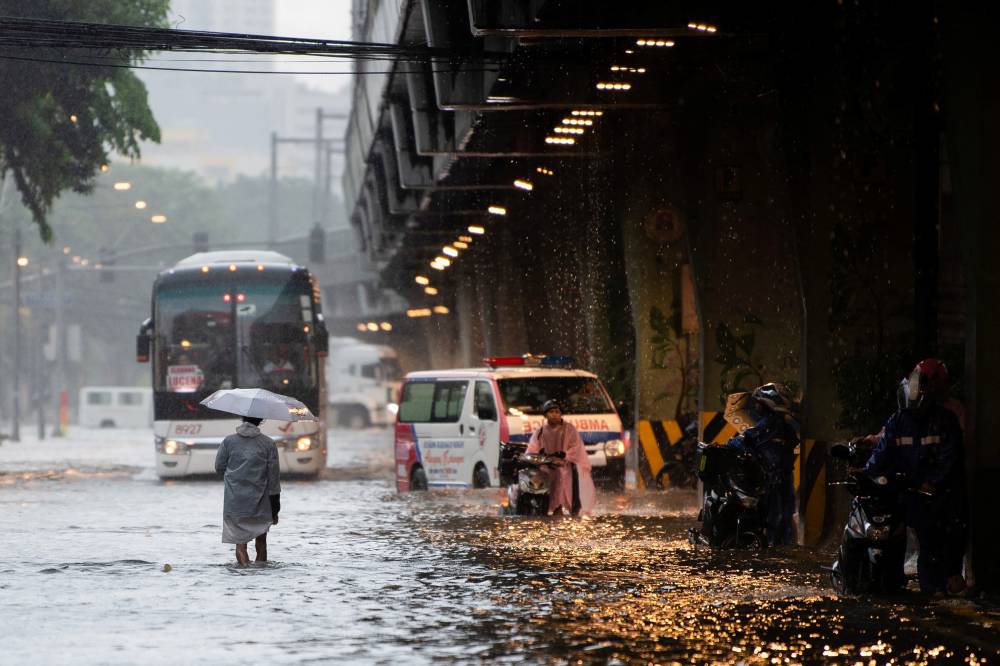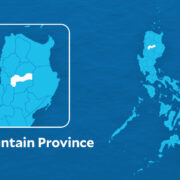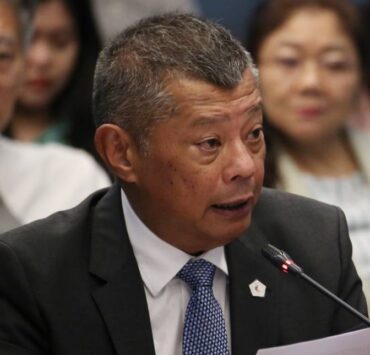Green solutions proposed for floods

As the government continues to untangle alleged corruption in flood control projects, scientists, architects and engineers have joined forces to propose nature-based solutions to mitigate flooding in urban and coastal areas.
These measures include increasing open spaces, developing blue-green infrastructure, creating “sponge cities,” and advancing ecosystem-based protection such as mangrove forests and wetland conservation.
But crucial to these proposals, experts said, is the role of local government units (LGUs) and their “openness” to integrate science- and engineering-based approaches into local policies.
Gil Cruz Jr., assistant professor at the University of the Philippines Institute of Civil Engineering, said planning flood mitigation projects should not be limited to hard or “gray infrastructures” like dikes or pumping stations.
“A comprehensive approach is needed, one that combines both structural measures and nonstructural measures, depending on the specific problem of the site being investigated and the nature of the flooding,” Cruz said in a public forum on Oct. 17 co-organized by the UP College of Engineering, GeoThink and GeoHazards International.
‘Sponge cities’
Structural measures refer to engineering interventions such as drainage systems or retention basins, while nonstructural measures include proper land use planning, zoning, implementation of early warning systems and community-based disaster preparedness programs.
Cruz said determining the proper flood mitigation structures requires identifying the source of the water, its flow and volume.
By understanding how water naturally moves through the landscape, he noted, the government and community can design solutions that work with rather than against the natural hydrologic process.
Landscape architect Vic Lopez Dul-Loog recommended common green approaches in urban areas such as expanding open spaces, building green roofs and walls, and creating “sponge cities.”
While green roofs and walls are often dismissed due to cost, Dul-Loog emphasized their benefits, including better air quality, longer roof life, improved water collection, and reduced stormwater.
He described “sponge cities” as a relatively new concept in which wetlands, whether inland or near coastal areas, are developed solely as wetlands.
“They will serve like a detention pond. And detention or retention pond or all the surface runoff, this will mitigate the flash flooding,” Dul-Loog said, citing as an example the Benjakitti Forest Park in Bangkok, Thailand.
Mangroves as best defense
Another nature-based solution, he added, is ecosystem-based protection through mangrove forests that can mitigate coastal flooding.
Dr. Mary Antonette Beroya-Eitner, an engineering geologist and global change ecologist, said nature-based coastal defenses “dampen wave energy through frictional effects as water passes through them.”
In the case of mangrove forests, she said, “when water passes through the dense network of roots, trunks, and foliage, the wave height, velocity, and force are reduced.”
She noted that over several hundred meters of mangroves can reduce tsunami height by 5 to 30 percent.
“In general, what these studies are actually saying is that mangroves can be as effective as engineered structures. But beyond this mitigating capacity, the big advantage of mangroves is that they also offer a myriad of other benefits, in ways that engineered structures cannot,” she said.
She said mangroves remain among the best defenses against climate change, which exacerbates flooding, and are “less prone to corruption.”





















